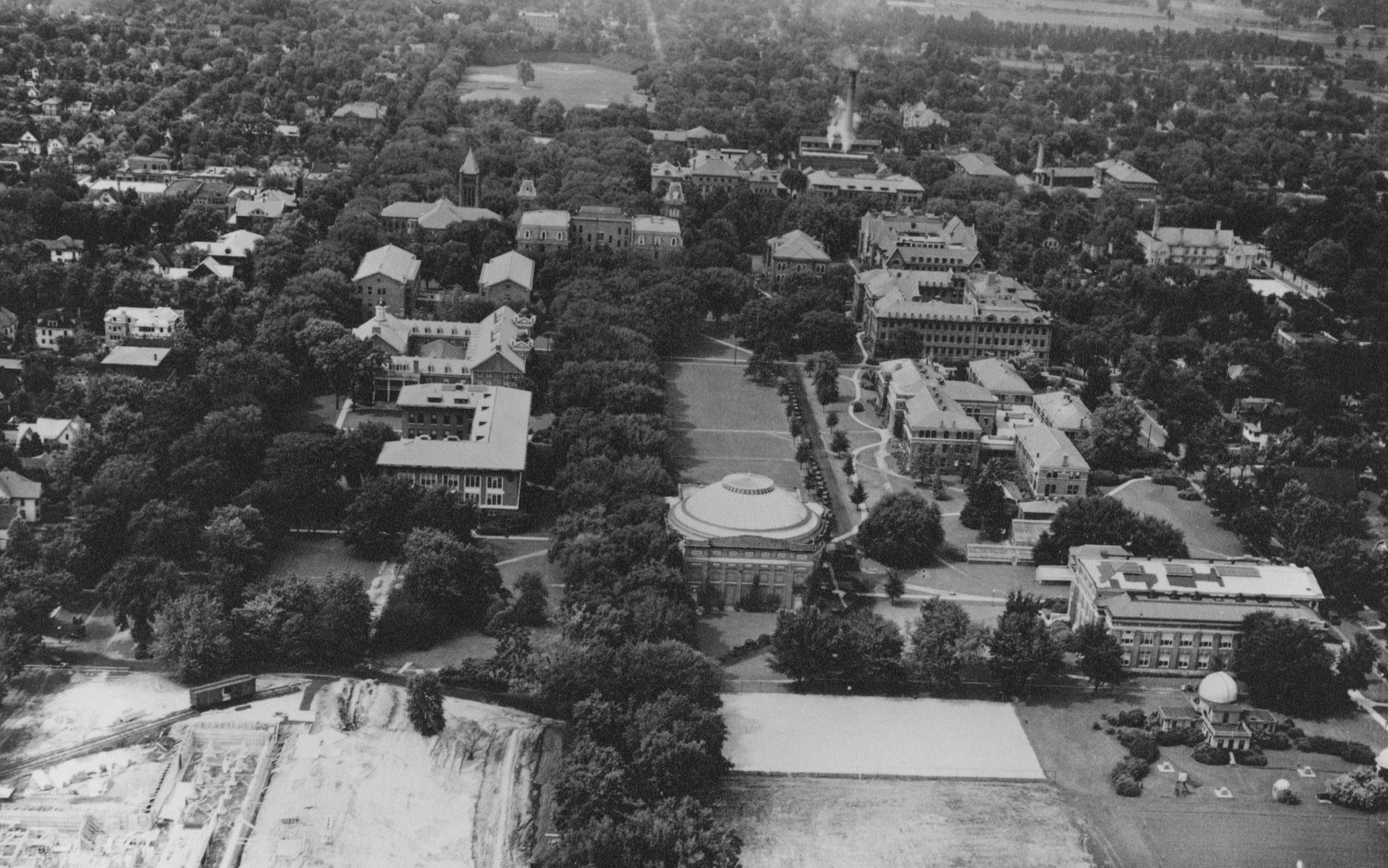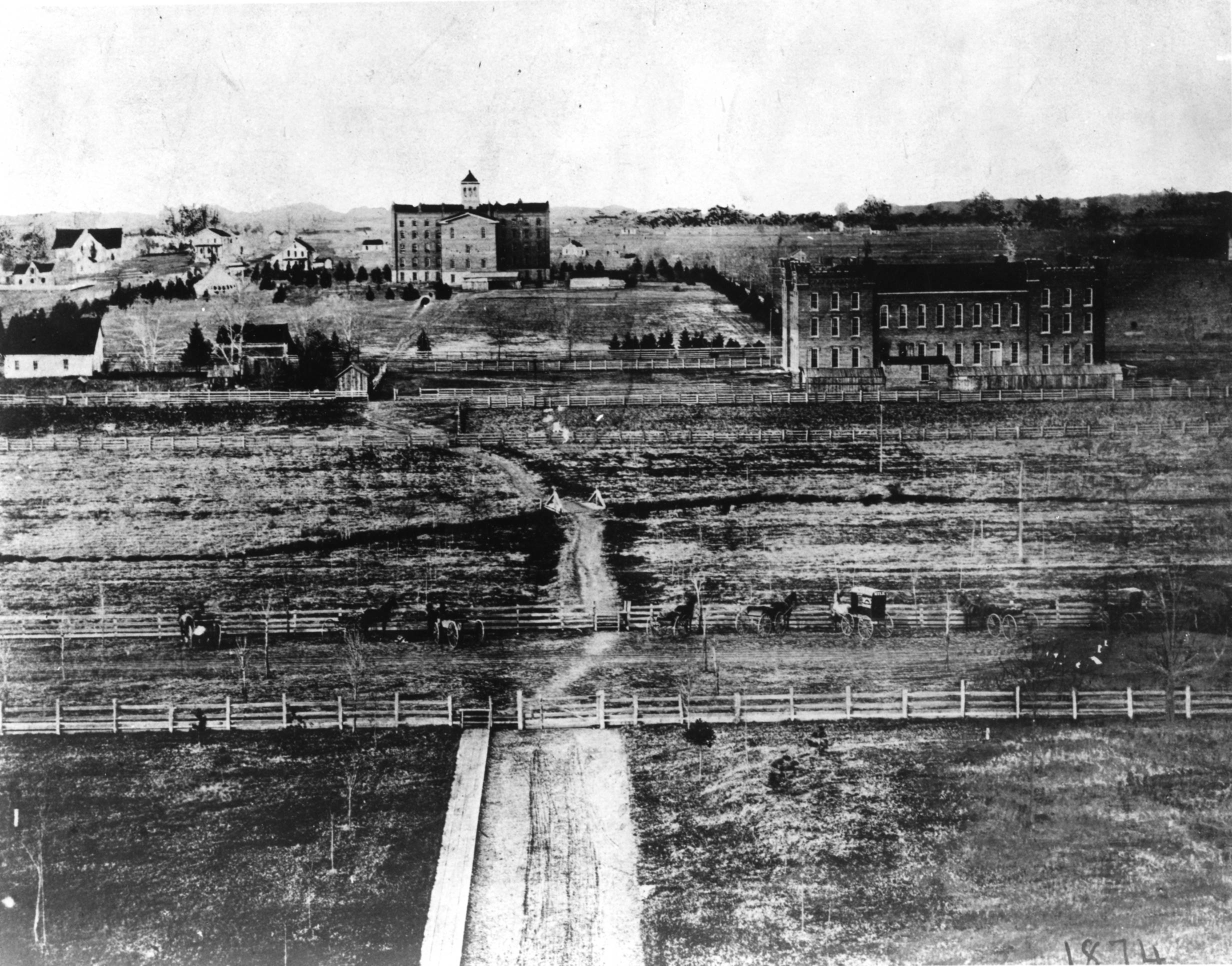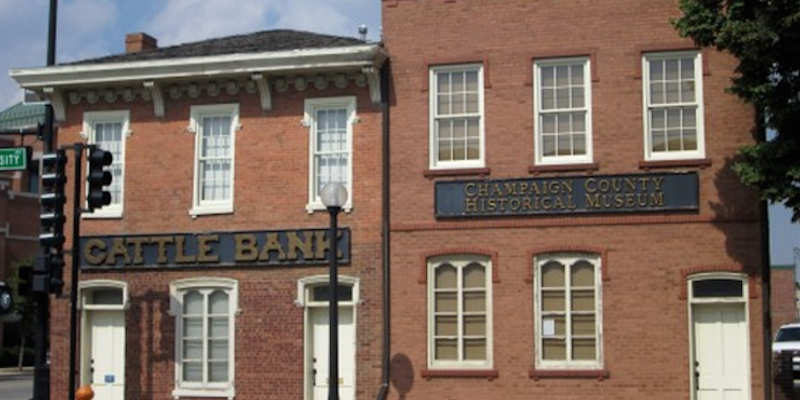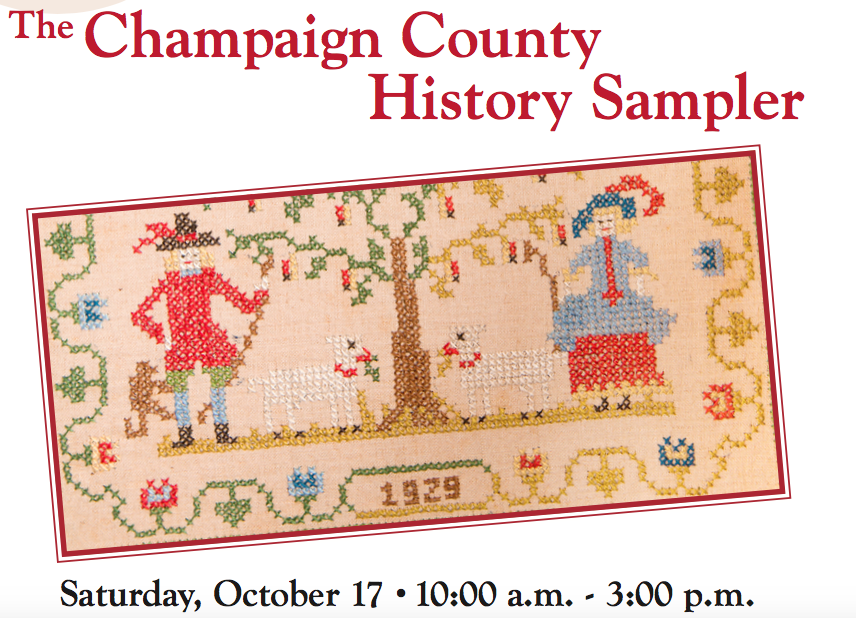Next Saturday, October 17, community members will have the chance to go on a history crawl of Champaign County.
Seven participating locations — the Student Life and Culture Archives, the Champaign County Historical Archives, the Museum of the Grand Prairie, the Homer Historical Society Museum, the Rantoul Historical Society and Chanute Air Museum, the Tolono Public Library, and the Champaign County Historical Museum — will be welcoming guests with special exhibits offering a taste of the county’s past. Throughout the day, visitors can meet archivists and local history experts at the various locations and take a look at how local history is preserved in our community.
“We have great historical resources in Champaign County, and this event highlights some of our most fascinating collections,” said Anna Trammell, an archivist at the Student Life and Culture Archives and one of the history sampler’s organizers. “This is an opportunity for local residents to get acquainted with local history institutions. Many already know about the U of I archives, but there are so many other locations and stories in the county.”
The history sampler is part of the Town and Gown Speaker Series, which seeks to highlight the connections between the U of I campus and the community. According to Trammell, one focus of the history sampler is emphasizing the ways in which the university and the community share a mutual history.
“I can think of two images that highlight the connections between the university and the community,” said Trammell. “The first is from the University of Illinois Archives, and it’s from circa 1873. It was shot looking north across Green Street. You can see Silver Creek, Boneyard Creek, and the Champaign and Urbana Horse Railroad with the University Building in the center-left of the background. Then there’s the old Mechanical Building in the center-right. This shows the development of the university alongside the development of the Champaign-Urbana community.”

“The second is a view looking north on the University of Illinois campus circa 1922. This also illustrates some of the simultaneous development of the campus and community. This is from the Champaign County Historical Archives at The Urbana Free Library.”

History sampler attendees will be able to explore these interconnections through a range of special exhibits.
The Student Life and Culture Archives will have an exhibit titled “History as Art: Turner’s Woodblock Prints, 1946-1974.” They will also have refreshments, a “Guess the Decade” game, and behind-the-scenes tours. Artifacts of particular interest will include early Illinois sports uniforms and a freshman beanie.
At the Champaign County Historical Archives at The Urbana Free Library, attendees will be able to view an exhibit about the influenza epidemic in Champaign County. Special highlights of the Archives’ collections will be available to view including a ledger with the signatures of Abraham Lincoln and David Davis, a journal of J.O. Cunningham, a collection of photographs illustrating early photographic processes, and more.

The Champaign County Historical Museum is currently in the middle of a complete overhaul and revitalization, following an emergency board meeting in September. The Museum invites the community to stop by and see what’s changing, including checking out their new bookstore, located in the 19th century general store. They will also offer guided tours around the museum explaining their plans to resurrect Champaign County history.

This will also be the last chance for people to visit the Chanute Air Museum, which will be closing this year. The Rantoul Historical Society will be moving to a new location.
History sampler attendees may pick up a history sampler passport at any location; by collecting at least three stamps at three locations, they will be entered for a chance to win a set of gift cards and goods from Champaign businesses.
Although C-U is often referred to as a transient community, Trammell pointed out that local history is still important. “There is a very transient population here,” she said, “but I think the people who live here, for whatever length of time that happens to be, become very attached to the community. Whether you were a student here for four years or you lived here your whole life, you will still be able to look at some of these items and photographs from the past and feel a real connection to them because you will recognize the places or the people. These encounters with history help us recognize our own ties to the area.”








